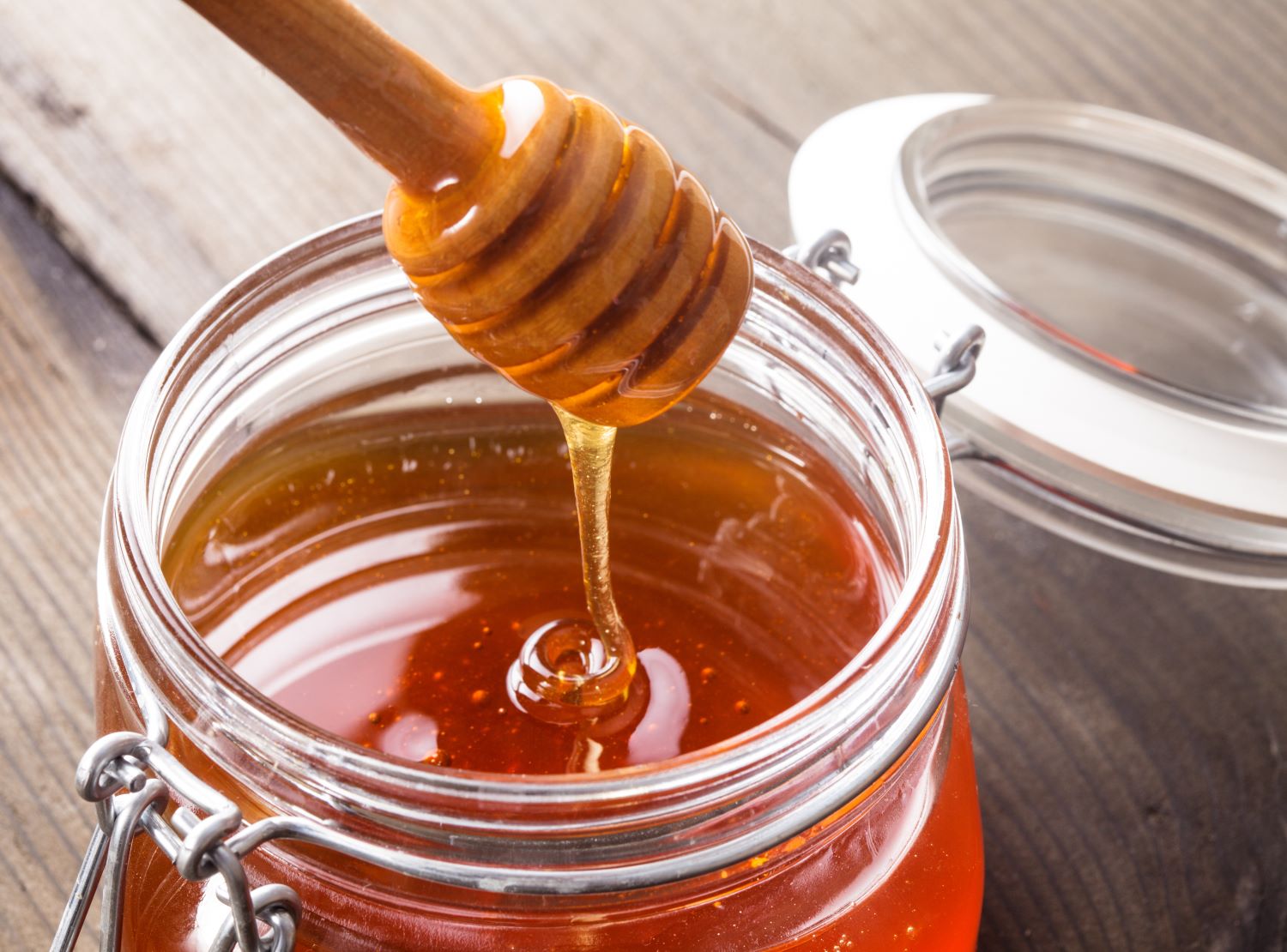Fall is upon us and winter is just around the corner, and Bob just picked up about 100 pounds of honey – a reasonably good year.
Our beehives near Long Island Sound are great because they produce honey all summer long, collecting pollen from the flowers in the salt marshes. Closer to home, north of the Merritt Parkway, hives produce lots of honey in the late spring but have trouble getting nectar in the summer.
Many honey processors use a method that destroys the comb in order to get the most honey out, but we use an extractor that spins the honey out and leaves the comb intact for the bees to live in and fill with honey again next year. Once the honey is spun out it can be filtered into jars.
Going into the colder months, bees need their honey to keep the hive warm, else they won’t survive the coldest temperatures. We either leave a portion of the harvest behind or set out sugar water for them to eat – after all, sometimes you have to spend honey to make honey. Honeybees are unique among the some 20,000 types of bees in that they live as a colony through the winter so that they can start building out in the spring and start the honey production cycle anew.
In addition to the cold temperatures, bees in the U.S. have been forced to contend with a population of Varroa mites that have to be kept under control so that they won’t attack and weaken the hive.
So fall is here and the bees are thinking about their honey. Are your accounts in good shape for the winter? Clients who come into the office can pick up a jar of honey – we always love to see you!

